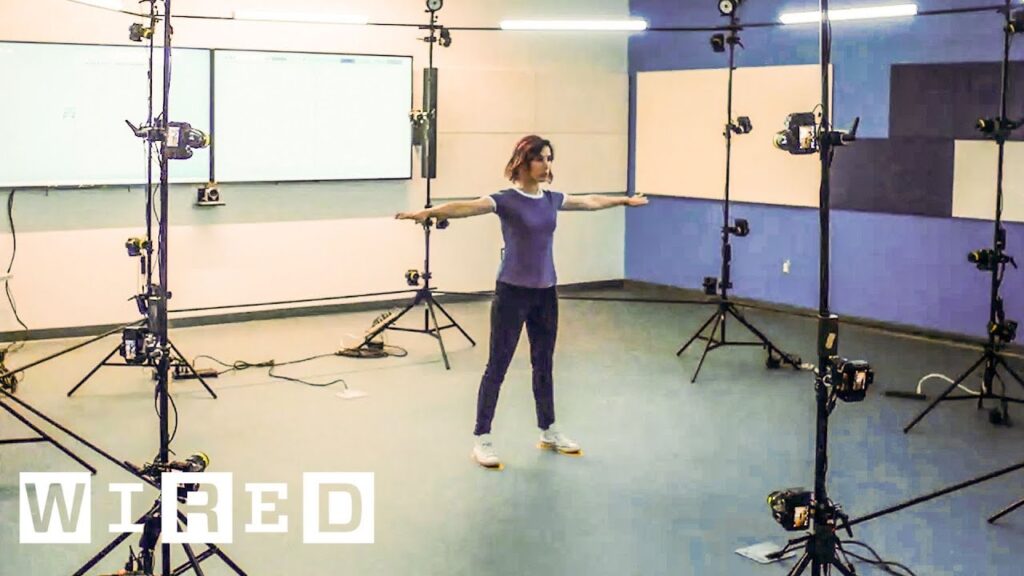The Power of Nonverbal Communication
Summary
The face is a powerful tool for communication and expressing emotions. Comfort and discomfort are the two areas of the face that signify how the brain is reacting to the world. Nonverbal cues play a significant role in communication and can reveal a lot about a person’s emotional state. It is important to focus on nonverbal communication along with verbal communication to gain a better understanding of others and positively affect them through body language.
Table of Contents
- Why is the face so important in communication?
- What are comfort and discomfort areas of the face?
- Can nonverbal cues be picked up even with masks or limited visual range?
- How can video conferencing be improved through nonverbal communication?
- What is chirality and how does it apply to the face?
- Why is studying nonverbal communication important?
- How can studying nonverbal communication benefit both the individual and those around them?
Introduction
As humans, we are wired to understand emotions through facial expressions. The face is a crucial tool in communication, and even with masks or limited visual range, we are still able to pick up on nonverbal cues from other parts of the body. In this article, we will explore the importance of nonverbal communication and why we should focus on it along with verbal communication.
Q&A
Q: Why is the face so important in communication?
A: The face is often called the “window to the soul” as it can reveal a lot about a person’s emotional state. As babies, we learn to recognize facial expressions and use them to communicate. This ability to understand emotions through facial expressions stays with us throughout our lives, and we use it to connect with others and communicate our own emotions.
Q: What are comfort and discomfort areas of the face?
A: The face is divided into two areas, comfort and discomfort, which indicate how the brain is reacting to the world. Comfort is displayed through relaxed facial muscles, such as smiling, laughing, and widened pupils. Discomfort is shown through furrowed brows, squinting, tucking the chin, vibrating the chin, or covering the eyes. These nonverbal cues can help us understand how others are feeling and respond appropriately.
Q: Can nonverbal cues be picked up even with masks or limited visual range?
A: Yes, even with masks or limited visual range, we can still pick up on nonverbal cues from other parts of the body. For example, we can still read someone’s body language through hand gestures, posture, and tone of voice. However, in video conferencing, it is suggested to turn slightly rather than directly stare into the camera to create greater comfort for the viewer.
Q: How can video conferencing be improved through nonverbal communication?
A: In video conferencing, it is important to pay attention to nonverbal cues as much as verbal communication. Making eye contact, nodding, and smiling can help create a sense of connection and understanding. It is also suggested to turn slightly rather than directly stare into the camera to create greater comfort for the viewer.
Q: What is chirality and how does it apply to the face?
A: Chirality is a concept in chemistry that refers to how molecules can have mirror images. This concept applies to the face as well, as sometimes someone’s facial expression can show two emotions on different sides. Covering each side can reveal the true emotion fully expressed on either side.
Q: Why is studying nonverbal communication important?
A: Studying nonverbal communication is important because it helps us understand our own emotions and the emotions of others. It can help us build stronger relationships, communicate more effectively, and resolve conflicts. Being able to read nonverbal cues gives us insight into someone’s motivation and intent, and can help us respond appropriately.
Q: How can studying nonverbal communication benefit both the individual and those around them?
A: Studying nonverbal communication can benefit both the individual and those around them. It helps the individual understand themselves better, which can lead to a better sense of self-awareness and emotional control. It also allows for more effective communication and connection with others, which can improve relationships and create a sense of community. Ultimately, studying nonverbal communication benefits both the individual and those around them.
Conclusion
In conclusion, nonverbal communication plays a significant role in communication and can reveal a lot about a person’s emotional state. The face is a powerful tool for expressing emotions, and even with masks or limited visual range, we can still pick up on nonverbal cues from other parts of the body. By focusing on nonverbal communication along with verbal communication, we can gain a better understanding of others and positively affect them through our own body language. Studying nonverbal communication benefits both the individual and those around them, and can lead to stronger relationships and a greater sense of community.







